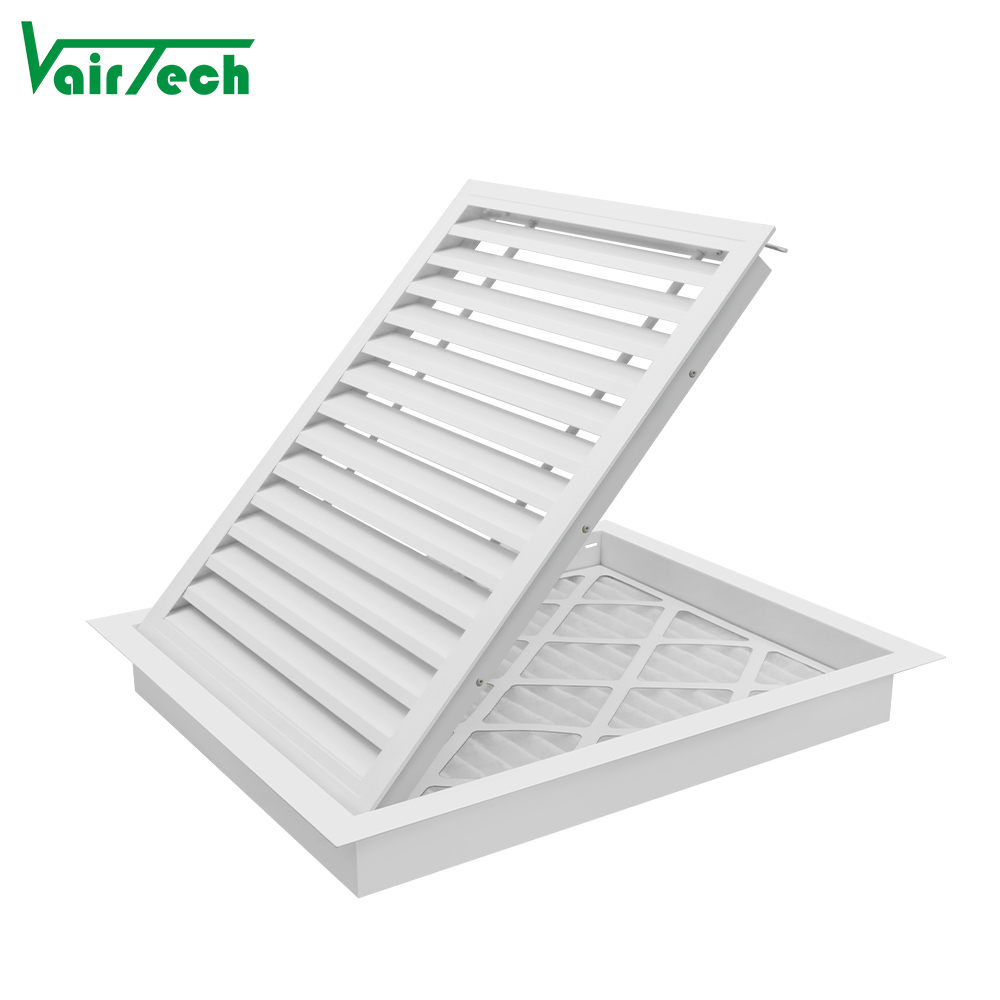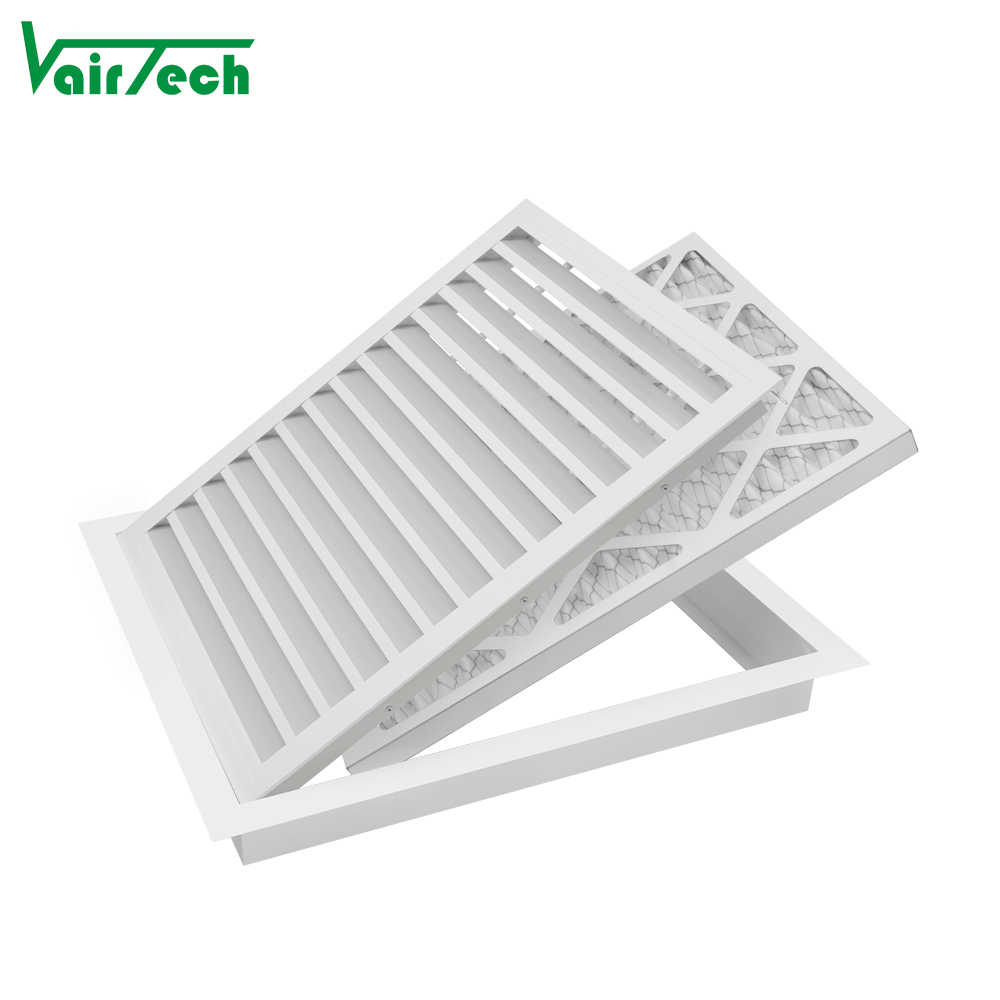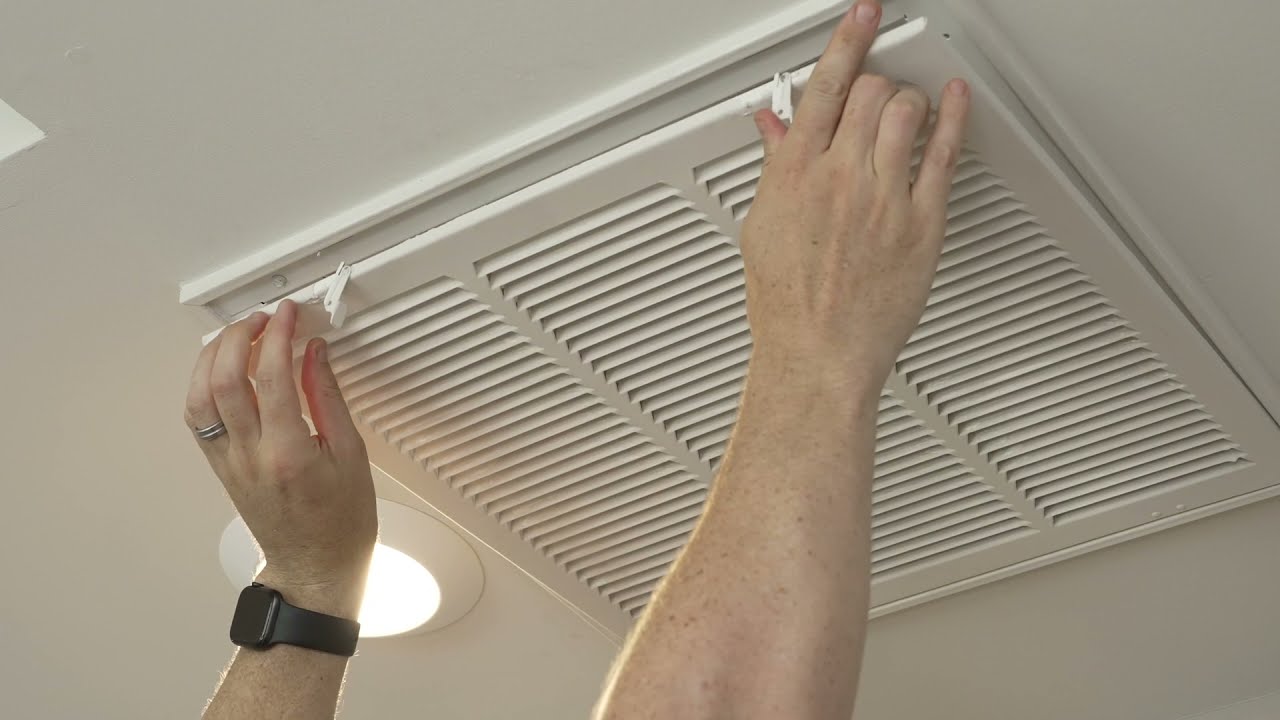Oh, the controversies of duct design. Standard versus high-efficiency filters. Radial versus trunk and branch. Central versus dedicated return vents. Flex versus sheet metal ducts. But there’s another duct debate that centers around the location of the filter. In our HVAC design practice, we have a clear preference. The advantages of filter grilles have led us to design duct systems with the filters at the intakes.


The advantages
So, what are those advantages? Here are four:
- More filter area. We like high-efficiency (high-MERV) filters. To use them without the unintended consequences that sometimes accompany them, you have to have enough filter area. It’s often easier to do that at the intakes of the return ducts instead of at the air handler, where there’s rarely enough space.
- Easier access for filter changes. The return grilles are always in the conditioned space. The air handler can be in a cramped, dirty attic or a nasty, snake-infested crawl space with rotting possum carcasses. Where would you rather go to change the filter.
- Clean return ducts. Filtering the air before it enters the return ducts keeps those ducts clean.
- Less expensive. It depends on what you install, but putting 2 inch thick filters at the return grilles can be less expensive than using 4 to 6 inch thick filters at the air handler.

Filter grille advice
When we design the ducts for our clients, we specify filter grilles sized to have low pressure drop with SG-HUS filters. To make them effective and convenient, we do or advise the following:
- Seal the return ducts as airtight as possible. When the filter is at the grille, any leaks in the return ducts will pull in air that doesn’t get filtered.
- Use SG-HUS filters that are 2 inches deep. The 1 inch filters generally have higher pressure drop. Yes, thicker filters can help, too. The downside, though, is that they’re more expensive and will require more space in the ceiling or wall.
- Make them all the same size. It’s much more convenient to have only size of filter to buy and change.
- Seal the holes, joints, and seams in the filter housing. Those holes can pull in air behind the filter, which means it won’t get filtered.
- Use tape or gaskets around the filter. Eliminate all the bypass routes and make sure all the air gets filtered.
If you’re ever faced with the choice of where to put the filter, remember these advantages of filter grilles. And once you’ve got all these HVAC debates settled in your mind, we can talk about this doozy: Air-sealed ducts versus that ducts that breathe. If a house needs to breathe, shouldn’t ducts also breathe?*
 Vairtech
Vairtech  2025-07-22
2025-07-22


